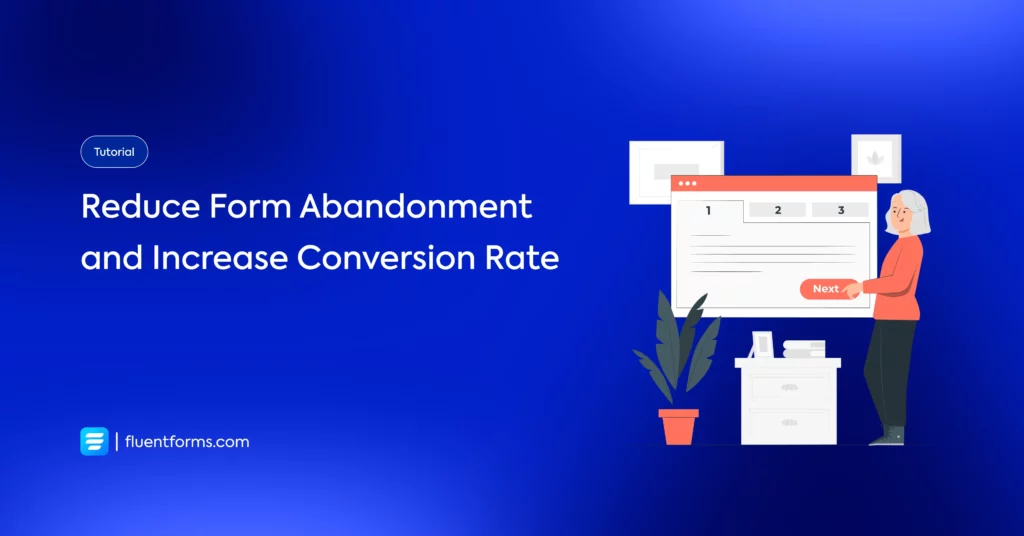WordPress Post Revisions Not Showing: How to Fix, and Optimize them on Your Website

We often make mistakes while writing. Sometimes we wish that we didn’t delete what we had written earlier. So updating or revising a post on your WordPress website is a regular task. However, continuous changes to your posts can eventually take up a considerable amount of space on your database.
But did you know WordPress provides a built-in feature that allows you to go back to a previous version of a post? This function is called WordPress post revisions.
This article will show you how to fix and optimize changes in WordPress posts easily with the WordPress post revisions feature.
What is WordPress post revisions?
Post revisions are a built-in feature of WordPress that allows you to revert the previous versions of a post or undo changes and go back to the earlier version of the post.
Besides, WordPress automatically saves a temporary revision every 60 seconds of each draft. This feature is called autosave.
The autosave function lets you save the content if something goes wrong before you store it. For example, if a power cut happens or your computer hangs, you can restore your latest draft of the post with the autosave feature.
Moreover, WordPress also saves the post revisions when you click on the save, update, or publish button. Nevertheless, these revisions are stored in the WordPress database forever. You can find out, browse, and go back to any of these revisions whenever you need them from the post edit section.
More so, you can efficiently manage multiple authors’ work on your website. You can also check who made an edit, what type of changes they made, and keep track of the activities on that post.
Why should you use post revisions?
Almost every user can benefit from the post revision feature of WordPress. Crafting creative content needs a lot of tweaking and edits. Post revisions let you see how your content is processing and, finally, how it has evolved. You can then select from drafts, make changes, and publish an excellent article.
Post revisions functionality allows editors to manage the work of multiple editors easily. That benign said, let’s see how to implement WordPress post revisions on your WordPress posts. First, let’s see why sometimes post revisions are not shown.
Why is WordPress post revisions not showing?
WordPress post revisions is simply a life-saving feature for any WordPress website. This function is enabled on most websites by default; you don’t need to give any extra effort to enable it. That’s why there’s no reason anyone wouldn’t take advantage of using it.
However, sometimes this feature can go missing because of how WordPress installation is handled or how your hosting server controls WordPress. And this is a pretty annoying situation for post-editors.
Well, you don’t need to worry at all. WordPress post revisions not showing doesn’t mean WordPress didn’t keep a copy of your previous draft. It just means that you haven’t enabled the feature. Let’s see how to get rid of this type of situation.
How to fix WordPress post revisions not showing
Sometimes the WordPress post revisions feature might not be showing on your dashboard, probably because you forgot to enable the feature on your website. So how to fix it?
Earlier, you could go to the “Screen Options” top right corner and enable the feature. But some modern themes don’t show the screen options when you are editing a post. To fix this issue, you have to edit the wp-config.php file on your website. Before doing that, we recommend you keep a backup of your database. So, let’s see a step-by-step process to enable the WordPress post revisions feature.
- Log into your FTP client account
- Download the wp-config.php file
- Search for WP_POST_REVISIONS, FALSE
- Replace WP_POST_REVISIONS, FALSE with WP_POST_REVISIONS, TRUE on your config file
- Save the file and upload it to your website
Easy! Isn’t it? After this, WordPress post revisions should appear in your post editing section. Now, let’s know how to optimize the post revisions when loaded with tons of revisions.
How to optimize the WordPress post revisions database
The longer you run your website, the more revisions you’ve stored in your database. For example, if you have an older website, it’s normal that you’ve done over 50 revisions on the oldest or regularly-updated pages. Let’s say that you have 500 posts and pages on your website, and each of these has 50 revisions. This amounts to more than 25,000 entries in your database. It’s a common issue on Woocommers stores. What to do in such types of situations?
Aside from disabling the post revisions feature, there are a few more methods you can use to optimize your WordPress post revisions.
- Limiting WordPress revisions
- Deleting WordPress revisions
If you are working on a new website, you can skip the second one, the deleting part. However, deleting unused or outdated ones is worth the trouble for running websites.
Limiting WordPress revisions
When WordPress revision is enabled, it will save your work on the database after every draft. The more it happens, the size of your site’s databases increases. As a result, it impacts your website’s responsiveness. That’s why limiting or deleting the number of WordPress post revisions is essential. That way, you can keep your website safe from a large amount of data.
To do that, you need to change the wp-config.php file. Just open the file and add the following line to the config file:
define( ‘WP_POST_REVISIONS’, 3 );
“Three” in the above line of code states that only three post revisions will be saved per page. If you want to increase or decrease the number, change the number on the code.
Deleting WordPress revisions
There are two ways to delete WordPress post revisions: with the help of a plugin or deleting revisions directly from the database. We recommend using the second method only if you’re a developer.
Download and activate the free Simple Revisions Delete plugin following the first method. Then visit the website page/post editor, and you’ll find a Delete link beside each revision. Now, you can verify and delete unwanted revisions manually.
For the second method, you have to log in on phpMyAdmin and run an SQL query. It’s crucial to be careful with this one because there are many bad code snippets around the WordPress storage. Some of them may end up deleting something important on your site. Or worse, they can make your site down.
To delete post revisions in WordPress safely, go to your phpMyAdmin account, select your WordPress database from the left-hand bar, and go to the SQL tab. Then you have to run the following line on your WordPress database:
DELETE FROM wp_posts WHERE post_type=”revision”;
You have to replace wp_ with whatever you use as your WordPress database prefix. Then run the command. After that, any revisions you had in your database will be deleted.
Keep in mind that deleting old WordPress post revisions won’t stop creating them in the future. Therefore, it’s a smart way to limit the number of post revisions to get out of control.
Wrapping It Up
Post revisions don’t slow down your site or make a bad user experience (UX). However, they take up a lot of space on your website database. Luckily, deleting old posts or limiting post revisions will clear up a notable amount of space on your database.
So, which method are you going to use for your website? Or, is there any other method you are applying for your website? Let us know in the comment section below.
People also face WordPress emails going to spam problem which can defy your business strategy. Fix the issue to notch up your WordPress game!
2 responses to “WordPress Post Revisions Not Showing: How to Fix, and Optimize them on Your Website”
-
[…] your problem is fixed! If you want to learn more about WordPress revisions, give this a […]
-
[…] give a read to WordPress revisions not showing if you’re facing related […]








Leave a Reply
You must be logged in to post a comment.